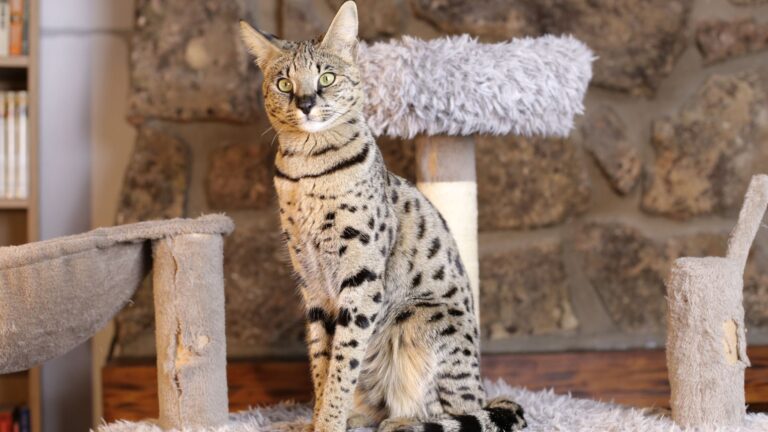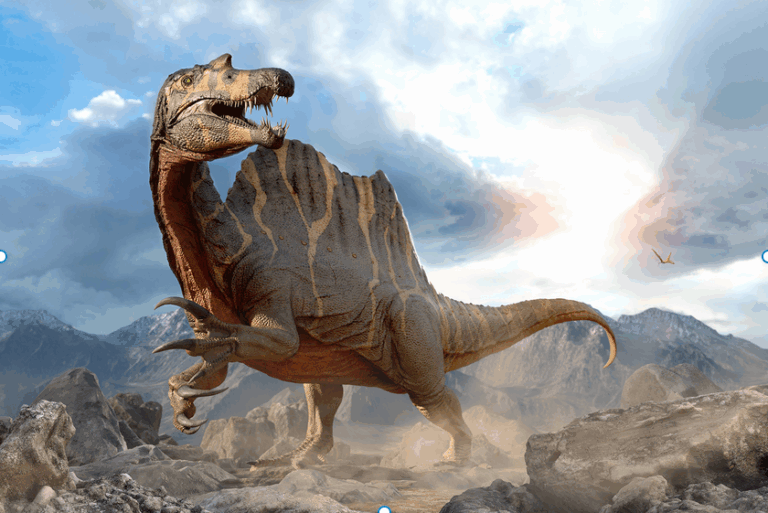New Multituberculate Species Discovered By Paleontologists In Portuguese Jurassic Layers
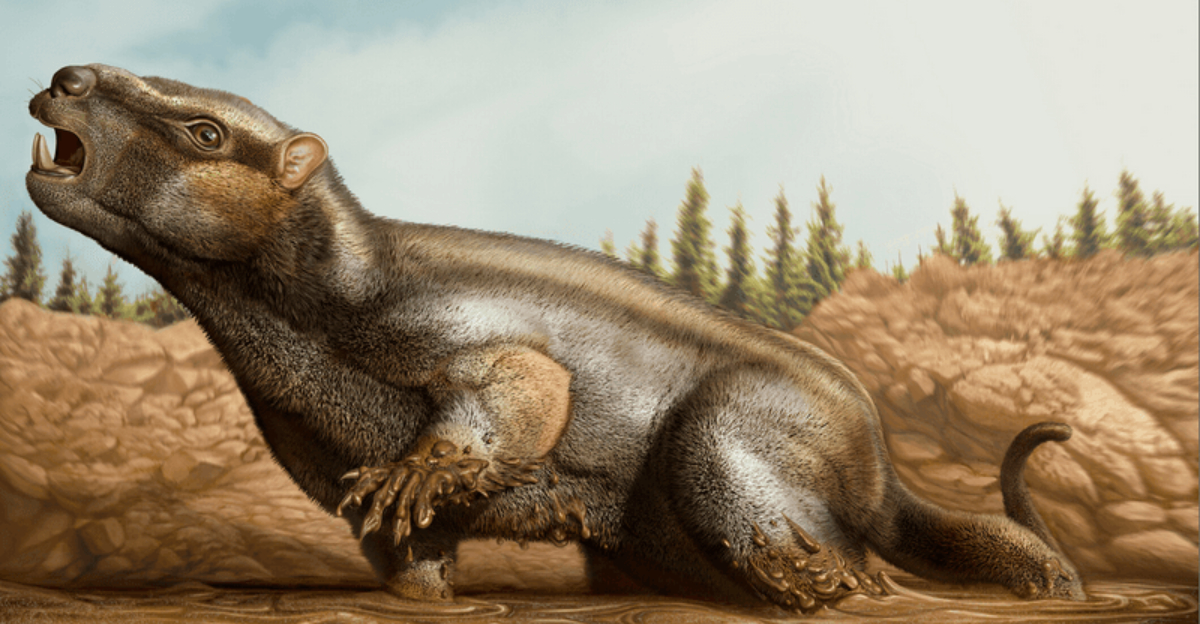
Scientists have uncovered an exciting new species of multituberculate mammal in Portugal’s Jurassic rock layers! Named Cambelodon torreensis, this tiny prehistoric creature lived alongside dinosaurs about 150 million years ago.
The discovery provides a rare glimpse into early mammal evolution during a time when dinosaurs dominated the Earth, making it an important puzzle piece in understanding our own distant ancestry.
Tiny Time Traveler
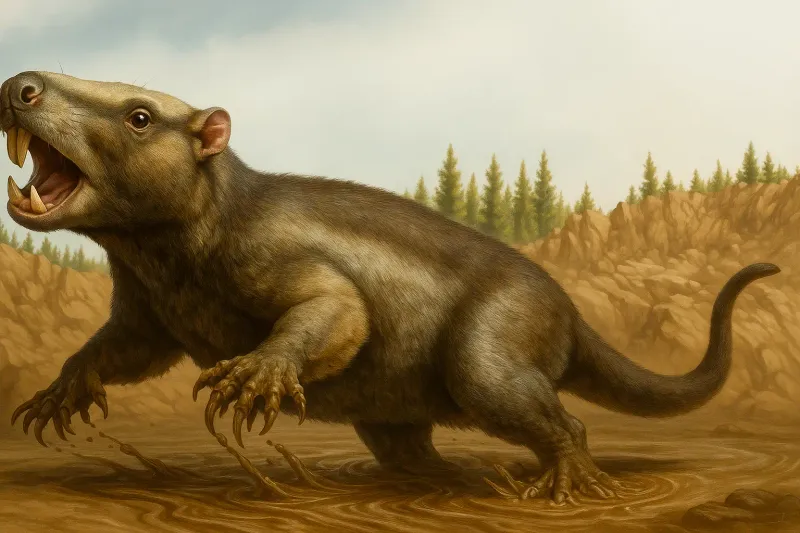
Cambelodon torreensis was incredibly small – about the size of a modern mouse! Despite living 150 million years ago, this little mammal shows remarkable adaptations for its time. Scientists estimate it weighed only 20-30 grams. Its diminutive size likely helped it survive in a world dominated by dinosaurs.
By staying small and possibly nocturnal, Cambelodon could avoid becoming a dinosaur’s snack while finding plenty of food in its own ecological niche. The tiny fossils required special microscopes and delicate preparation techniques to study properly.
Distinctive Dental Formula
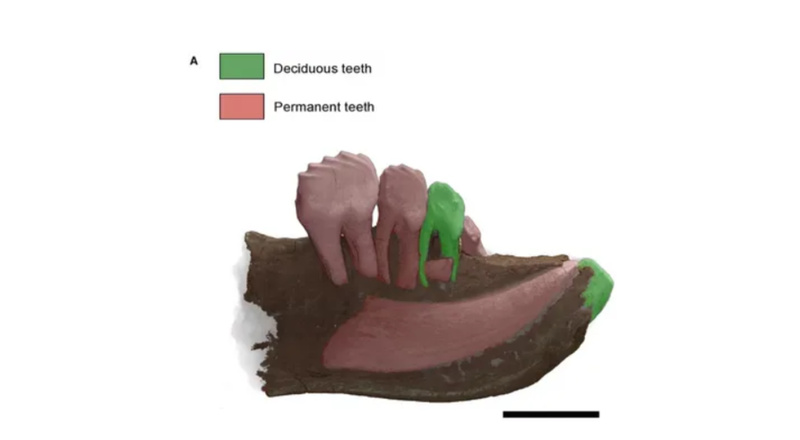
The name ‘Cambelodon’ refers to this creature’s unique tooth structure – its most identifiable feature! Those specialized teeth had multiple cusps or bumps (tubercles), which is why these mammals are called multituberculates.
Paleontologists can tell from these teeth that Cambelodon likely ate insects, seeds, and possibly some plant materials. The teeth worked like tiny food processors, allowing efficient grinding of various foods. This unusual dental pattern makes Cambelodon instantly recognizable to experts, even from tiny fossil fragments.
Lourinhã Formation Treasure
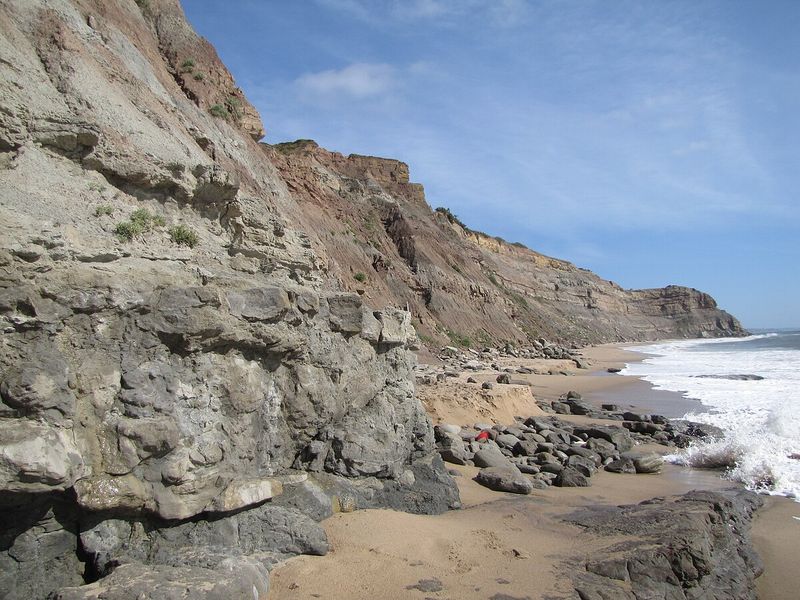
The fossils were unearthed in Portugal’s famous Lourinhã Formation – a hotspot for Jurassic discoveries! This geological formation has previously yielded spectacular dinosaur remains, but finding mammals here is much rarer.
Located near the coastal town of Torres Vedras, the site preserves ancient river and floodplain environments. The sediments created perfect conditions for preserving delicate fossils over millions of years. Local geology experts had suspected mammal fossils might exist here, but the tiny size made them extraordinarily difficult to locate.
Family Tree Puzzle
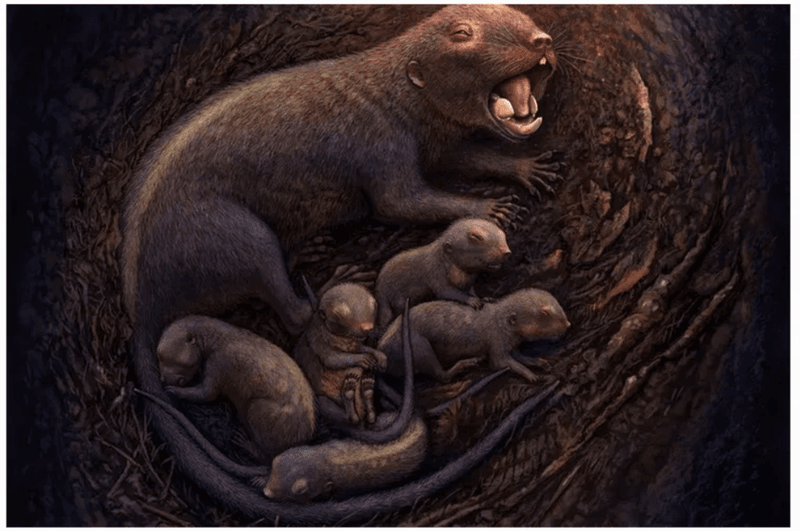
Cambelodon torreensis belongs to an ancient mammal group that outlived the dinosaurs! Multituberculates survived for an impressive 120 million years, making them one of the most successful mammal lineages ever. Genetic analysis places this creature as an early branch of the multituberculate family.
Its discovery helps scientists fill gaps in the evolutionary tree between earlier and later species. Remarkably, some features of Cambelodon’s skeleton show similarities to modern mammals, despite being separated by over 150 million years of evolution.
Microscopic Detective Work
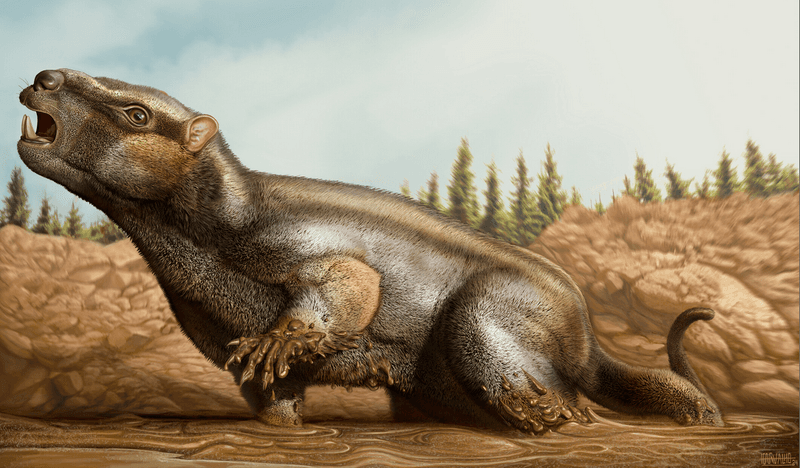
Finding Cambelodon required eagle eyes and incredible patience! The fossils are so tiny that researchers used special sieving techniques to separate them from surrounding rock. After collection, the team employed micro-CT scanning – essentially a miniature version of hospital CT scans.
This technology allowed them to create detailed 3D models of the fossils without damaging them. The most exciting moment came when they identified a nearly complete jawbone with teeth still intact – a rare find that confirmed they had discovered a new species!
Living Alongside Giants
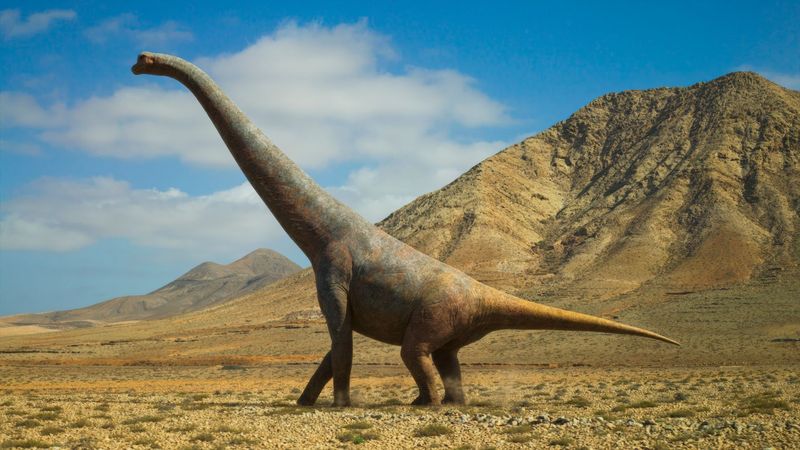
While T. rex ruled North America, Cambelodon scurried beneath the feet of European dinosaurs! The Portuguese Jurassic ecosystem where it lived was dominated by massive sauropods and predatory theropods. Fossil evidence suggests this tiny mammal likely lived in burrows or tree hollows for protection.
Its contemporaries included the fearsome Allosaurus and massive long-necked Lusotitan. Somehow, these early mammals managed to thrive in dinosaur shadow for millions of years, developing specialized adaptations that eventually helped mammals inherit the Earth.
Prehistoric Portugal’s Climate
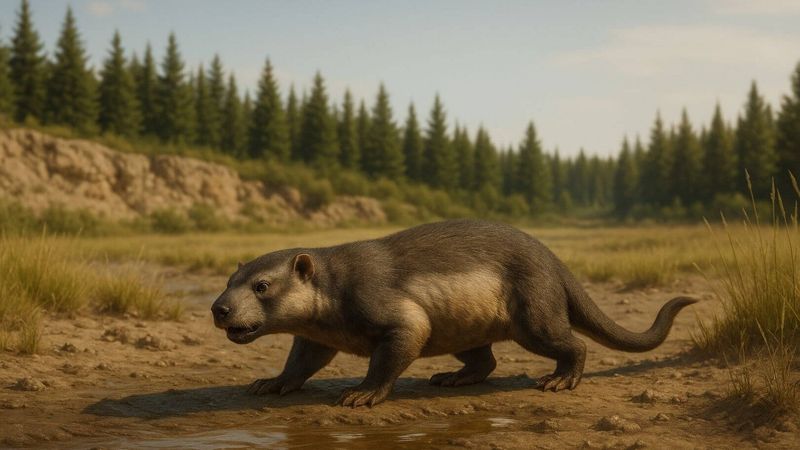
During Cambelodon’s time, Portugal was a tropical paradise! The region experienced a warm, humid climate with seasonal rainfall patterns – quite different from today’s Mediterranean conditions. Lush forests of conifers, ginkgoes, and ferns covered the landscape.
Rivers and lakes dotted the area, creating diverse habitats that supported a wide range of creatures. This environment provided perfect conditions for small mammals like Cambelodon, offering abundant food sources and hiding places from predators.
International Research Team
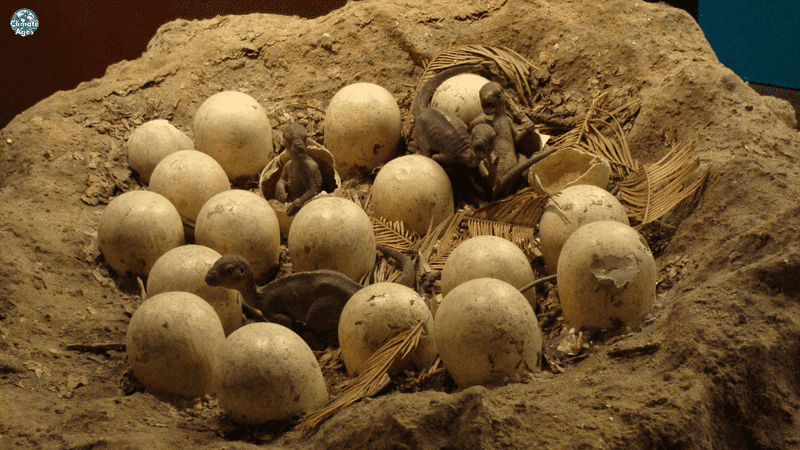
The discovery brought together scientists from three continents! A collaborative team of Portuguese, American, and Chinese paleontologists worked for five years to find, extract, and identify the Cambelodon fossils. Field expeditions involved careful excavation of tons of sediment.
Back in the lab, specialists in mammal evolution compared the findings with other known species from around the world. Their research required expertise in geology, biology, and advanced imaging technology, showing how modern paleontology combines multiple scientific disciplines.
Evolutionary Innovations
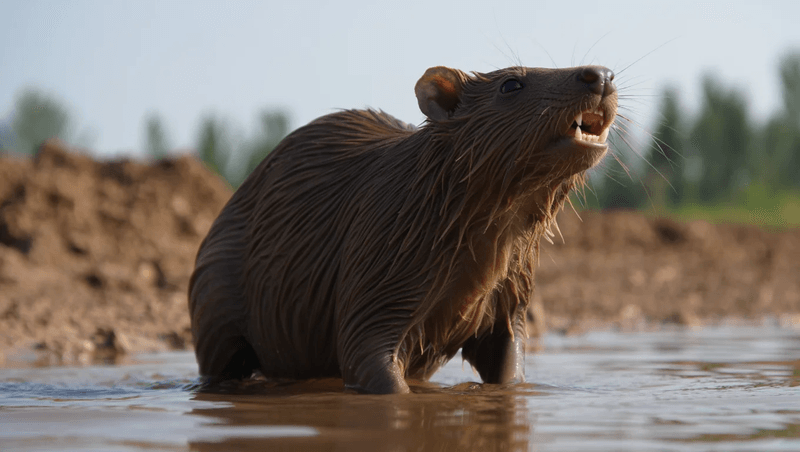
Cambelodon shows early experiments in mammalian body design! Its skeleton reveals several advanced features that weren’t common in earlier mammals, including specialized ankle bones for more agile movement. The creature’s inner ear structure suggests it had better hearing than its ancestors.
This adaptation would have been valuable for detecting predators and finding prey in low-light conditions. Most fascinating is evidence that Cambelodon may have had whiskers – sensory tools that remain important for mammals today, showing how some adaptations have stood the test of evolutionary time.
Museum Star Attraction
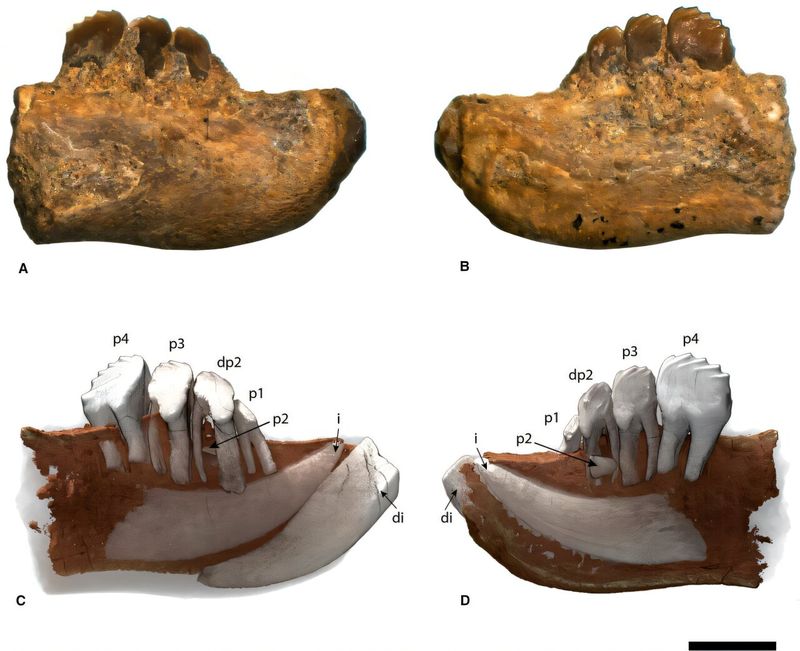
The Cambelodon fossils have become the pride of Portugal’s Museum of Natural History! Though tiny, these specimens are displayed in a special exhibition that uses magnification and interactive models to help visitors appreciate their significance.
Museum curators created life-sized reconstructions showing what the animal might have looked like. Digital animations demonstrate how it would have moved and behaved in its ancient environment. School groups particularly love the exhibit, which connects Portugal’s prehistoric past to the wider story of mammal evolution.

